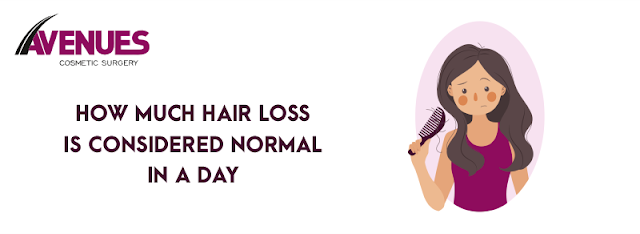What is Better : Hair Transplant or PRP?
The
main drawback of hair loss is loss of confidence. With hair loss, we suddenly
are not confident enough to face the world, living in a dilemma that people
will make fun of. Though we are saying this in a usual way, hair loss has
become a severe problem for many people.
There
are quite a few solutions available, but the worry is how effective they are?
From medicine to oil to yoga to shampoo, there are so many options available.
Still, some scientific therapies and treatments performed by professionals are
the extreme and effective ways of stopping hair loss and growing the hair back.
PRP - Platelet-Rich Plasma
In
PRP, hair growth is promoted by using the individual's blood platelets. The
platelet-rich plasma that's what PRP stands for. This treatment is relatively
new to the market but quickly grabs the market. This treatment is most
effective for hair thinning. In PRP treatment, the patient's body is triggered
to grow healthy hair. By increasing supplying blood to the area where the cells
need growth for hair rejuvenation.
- PRP is
a better option for patience in the early stage as there is no surgery.
- Minimal
possibility of side-effect.
- The
treatment comes in four sessions, with each session of a minimum of one
month.
Because
PRP involves injecting a substance into the skin, there are potential side
effects.
Side effects
The substance used in the PRP
comes directly from the body, which is termed autologous. So the risk of having
an allergic reaction is significantly less than other medicines and injections.
However, the risk factor is still present there, which includes.
- infection
- nerve
injuries
- pain at
the injection site
- tissue
damage
Though
these side effects may and may not apply to everyone, it's better to discuss
them with the doctor before the treatment starts—these potential risks with
your doctor to minimize the risk of having them.
Hair Transplant
Whereas
hair transplant is a surgical process of hair transplant to treat hair loss. A
hair transplant is one of the successful ways of curing baldness through
surgery. It gives a fuller appearance to the bald area with resistance to DHT
by rearranging the existing hair follicles.
- Depending
on the area of baldness, this surgery takes four to eight hours.
- Although
the patient needs to take pain and antibiotics medicine after surgery but
usually does not require spending the night in the hospital.
- Hair
transplantation has a risk of surgical complications and infections.
- Not
being a successful graft is also a risk that the patient needs to
take.
- It
takes a time of six to ten months to see the full effect.
- Everyone
cannot go through this surgery. A specific age group and some needs to be
done to know whether the candidate is suitable for the surgery or not.
- Hair
transplantation can be an excellent option for someone seeking a drastic
result.
Side Effects
Hair
transplantation is a surgery-based procedure with a high positivity rate and no
hospitalization required. There are some common side effects, some are
temporary, and some are long-lasting.
- Hair
Shedding
- Infections
- Itching
- Numbness
- Cysts
- Bleeding
- Pain
- Swelling
- Scarring
- Hiccups
These
side effects do not apply to everyone, and the percentage of facing any of
these side effects is also deficient. But before the surgery, it is advisable
to discuss everything with the doctor to avoid any of these.
First of all, we need to understand both the terms are related to hair loss treatment. Though one is for treatment to cure the hair-related problem of hair loss, the other is effective for curing hair thinning. The procedures and ways are different from each other. The person suffering from the problem as per his requirement and what he thinks is best for him must decide which treatment is better. Hair transplantation treatment is offered in the Avenues Cosmetic Centre with a history of best results and a long list of satisfied customers.
.png)


Comments
Post a Comment